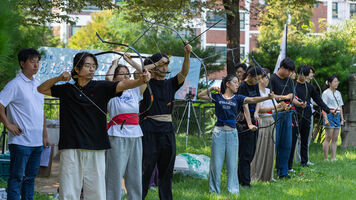Archery and gods, kings, myths and legends
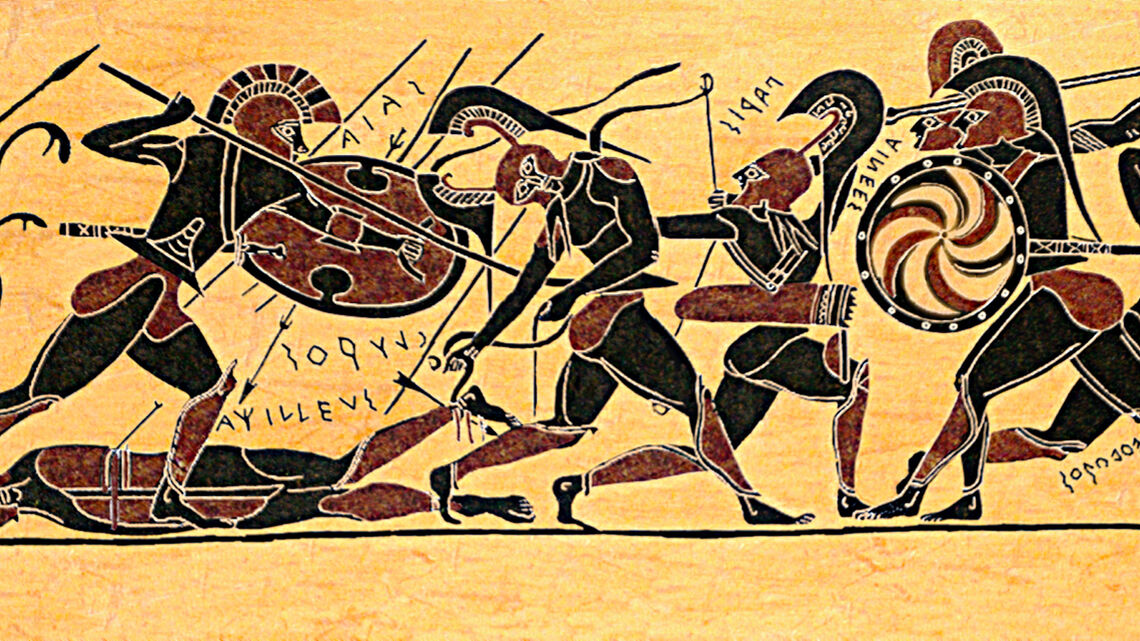
Archery has not only had historical significance for 1000s of years but it has also been romanticised in stories since antiquity.
Many of the elements that attract people to the sport to this day – precision, patience, self-reliance – have appealed across millennia. And archery has acted as a powerful symbol of skill for heroic (and villainous) characters in myriad mythologies.
In its simplest form, archery is the use of a tool to extend the power of the body. Mastery of the bow and arrow was as impressive then as it is now – but it was also, importantly for ancient tales, inherently spiritual.
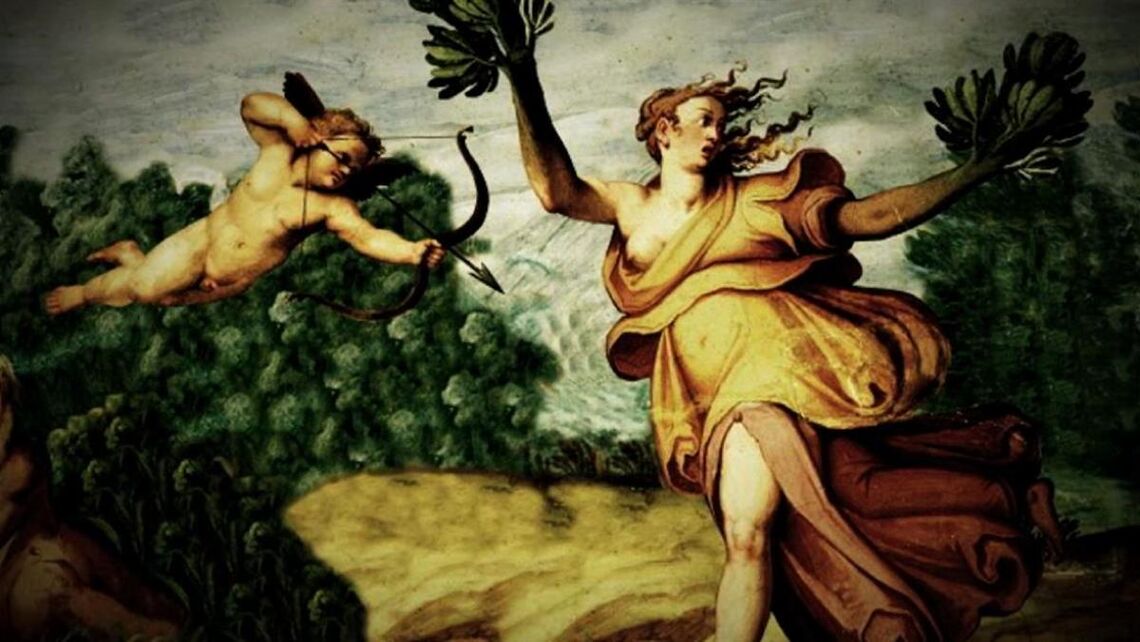
Eros and cupid
In classical mythology, the best-known archers are Eros and Cupid, the Greek and Roman gods of love, respectively. They wield a bow with arrows that cause uncontrollable desire in whomever they hit. It’s a beautiful metaphor and what has made Cupid probably the most-depicted archer in art history.
Eros’ arrows, sometimes randomly aimed, made people, heroes and gods fall in love.
In one story, the god Apollo made the mistake of ridiculing Eros’ skills as an archer, and so Eros shot one of his arrows at him. That sent Apollo madly in love with the nymph Daphne. Eros shot lead-tipped arrows at Daphne, making her hate Apollo.
There are many other tales and often Eros was used as the sole reason for one or two characters fall in love – often not with each other!

Odysseus
Archery plays a key role in the Iliad and Odyssey, the epic Greek poems attributed to Homer and the oldest existing works of Western literature from the eighth century BC.
Odysseus, the main character in the Odyssey, owns a bow for which he traded ‘a sharp sword and a strong spear’. It must have been a composite bow because at one point he checks if worms have eaten away the horn on it.
This bow is pivotal in the climax of the story.
Odysseus returns home to Ithaca after 20 years away at war and, in disguise at the palace, finds his wife telling potential new husbands that whoever can easily string the bow and shoot through 12 axe heads can have her hand in marriage.
Our hero wins the competition, being the only one strong and skilled enough to rise to the challenge, before revealing himself.
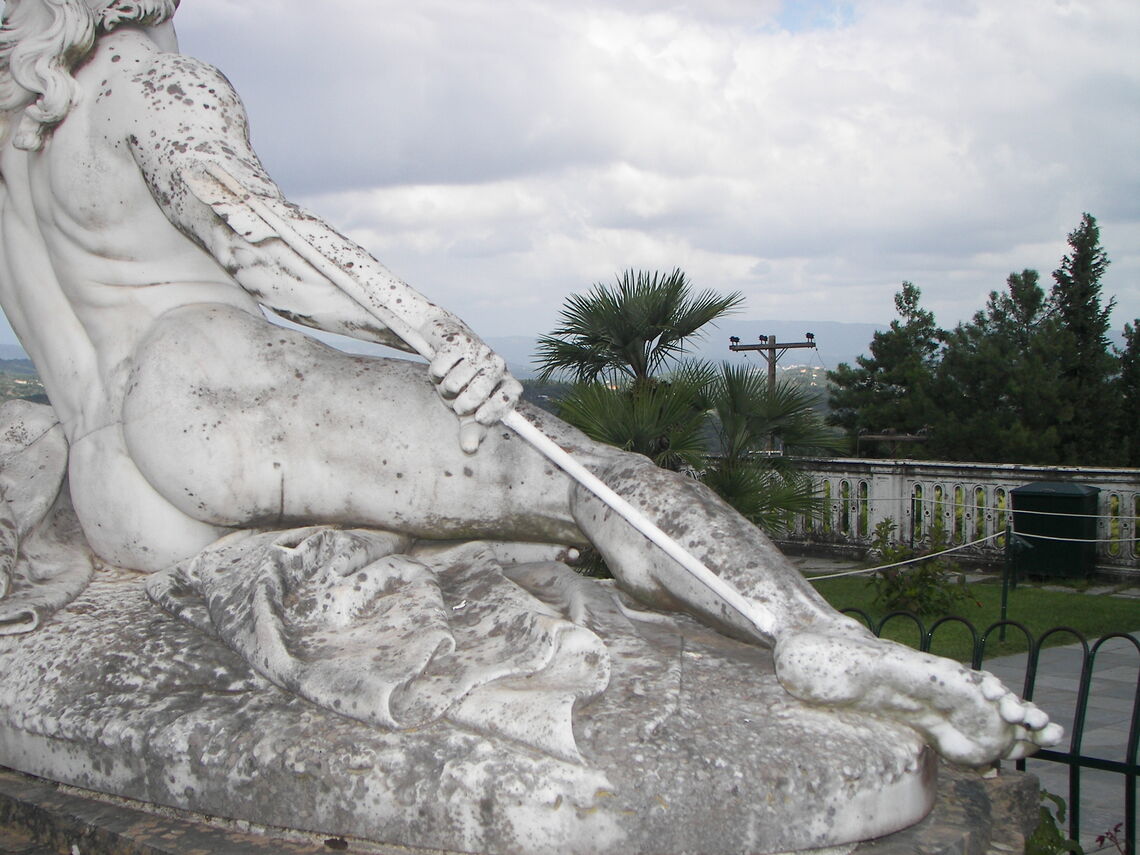
Paris
The reason that Odysseus was away from home for so long is documented in the Iliad, the story of the siege of Troy, which was made into a movie starring Brad Pitt in 2004. In that film, Pitt played Achilles, who died after being shot in the ankle by Paris.
Like many mythologies, there are countless versions of these stories. (Even now, think about the number of origin stories for the same comic book characters!)
Perhaps the most endearing, although introduced about 900 years after and not mentioned in the Iliad, is that Achilles’ heel was his only weak spot – he was otherwise invincible – because his mother held him by his ankle when she dipped him in the mystical waters of the River Styx.
Paris, who shot the arrow that killed Achilles, is a complicated character.
His skill as an archer sets himself up as something of an outsider. Heroes of the era were hand-to-hand combatants rather than those that prevailed from distance. But this idea of a rogue or outlaw with a bow is one that would become increasingly prevalent.

Ullr
In old Norse pagan traditions that survived until the end of the first millennium, Ullr was the god of archery, hunting, skiing and winter. (It’s pronounced ‘Ooler’, we think.)
Norse mythology survives in just a few sagas and there is little mention of Ullr. It is probably that he was the stepson of (the more famous) Thor, lived in Ýdalir – which means ‘yew grove’ – and was important, having ruled the Norse gods during one of Odin’s absences.
Yew wood, of course, has been favoured for making traditional bows in Europe for 1000s of years.
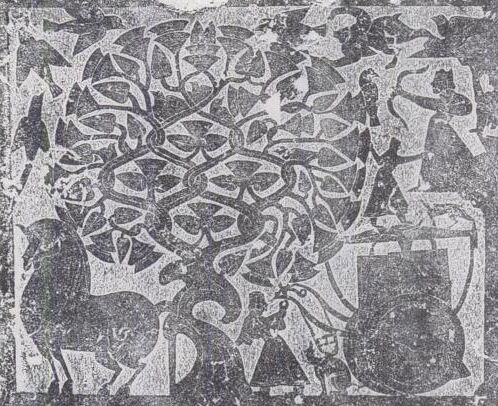
Hou Yi
In Chinese mythology, Hou Yi is the god of archery, part of a fascinating pantheon of deities in a complicated celestial hierarchy first recorded nearly 2000 years ago.
Frequently portrayed as descending from heaven to aid mankind, he is said to have shot down nine of the 10 suns that had suddenly risen and scorched the earth into a wasteland. (He was kind enough to leave the last one up there to keep us warm.)

Arjuna and Rama
The most celebrated archer in all of Hinduism is Arjuna, a central character in the epic poem Mahabharata, which dwarfs the Iliad and Odyssey in length and scope.
Arjuna was given the gift of a magical golden bow called Gandiva and - usefully – two quivers that never run out of arrows. Gandiva was said to make the sound of thunder when shot and was a source of such immense power that it eventually had to be returned to the gods.
It is speculated that the bow, in the world of the poem, is a metaphor for confidence and self-esteem. With it, anything is possible.
(There is a yearly prize in India called the Arjuna, which is awarded to Olympic sportspersons who have excelled internationally and demonstrated qualities of leadership and discipline. Deepika Kumari, Tarundeep Rai and Jyothi Surekha Vennam have all received the award.)
The Hindu deity Rama is also invariably seen with a bow. Rama is an incarnation of the god Vishnu and is regarded as a divine human, a mortal god, personifying and exploring the characteristics of an ideal person.
As with Arjuna, it is archery showing a path to exploring within, both a revealer and a developer of character.
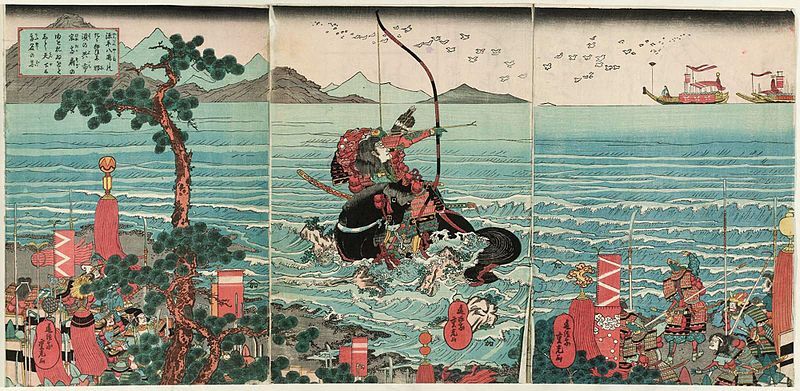
Nasu no Yoichi
Japan has its own narrative traditions and the samurai Nasu no Yoichi, who supposedly lived in the 12th century and fought for the Minamoto clan, was famed for having shot down a fan placed on top of a pole on an enemy ship as a dare.
He supposedly achieved this with a single arrow, aged only 16 and shooting from another moving ship. It is credited with shifting power among clans across Japan.
The impudence and skill of Yoichi, an historical figure who eventually became a Buddhist monk, means he remains a popular figure in Japan. He is somewhat similar to another archer made famous on the other side of the world.

Robin hood
The legendary outlaw of English folklore is said to have robbed from the rich to feed the poor. There are so many versions of the character and his exploits that it deserves a longer explanation.
He has been a popular figure for over 500 years and the earliest known stories date from the 1400s. There are references to historical figures with similar names dating back to the 13th century.
It is widely accepted that the Sherwood Forest-dwelling archer is somehow rooted in history. But, through the countless retold narratives he has developed into an ideal much larger. And there are more examples.
Some of these myths, though embellished and fiction, are wrongly recognised as cold, hard fact.

King Harold
Immortalised in the Bayeux Tapestry, it was a lucky or supremely accurate archer on the Norman side of the line who managed to pierce the helmet of King Harold and help win the Battle of Hastings in 1066.
Some sources support this story but others state he was defeated by Norman knights. Many scholars believe the figure next to the guy with the arrow in the eye on the tapestry, who is locked in combat with said knights, was actually King Harold.
It’s been suggested that the eye story was deliberately cultivated by the Normans after 1066 in an effort to increase popular belief in William the Conqueror’s legitimacy to the crown. The propaganda portrayed Harold as being struck down by a godly arrow as punishment for breaking an oath to William.
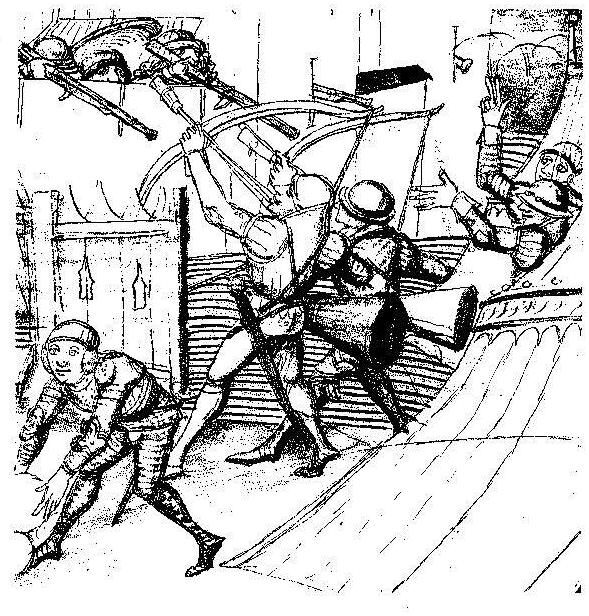
The ‘V-sign’
There is no evidence that the two-fingered salute, a rude gesture in England consisting of showing the back of the index and middle finger arranged in a ‘V’, has anything to do with English archers at Agincourt.
The popular reasoning given is that the English were showing the French that they could still shoot their bows. But there’s no evidence of the salute being used before 1900 and the Battle of Agincourt took place in 1415.
An intriguing illustration from the 16th century, which shows archers engaging a castle, could be interpreted as depicting it. It could also, well, not.
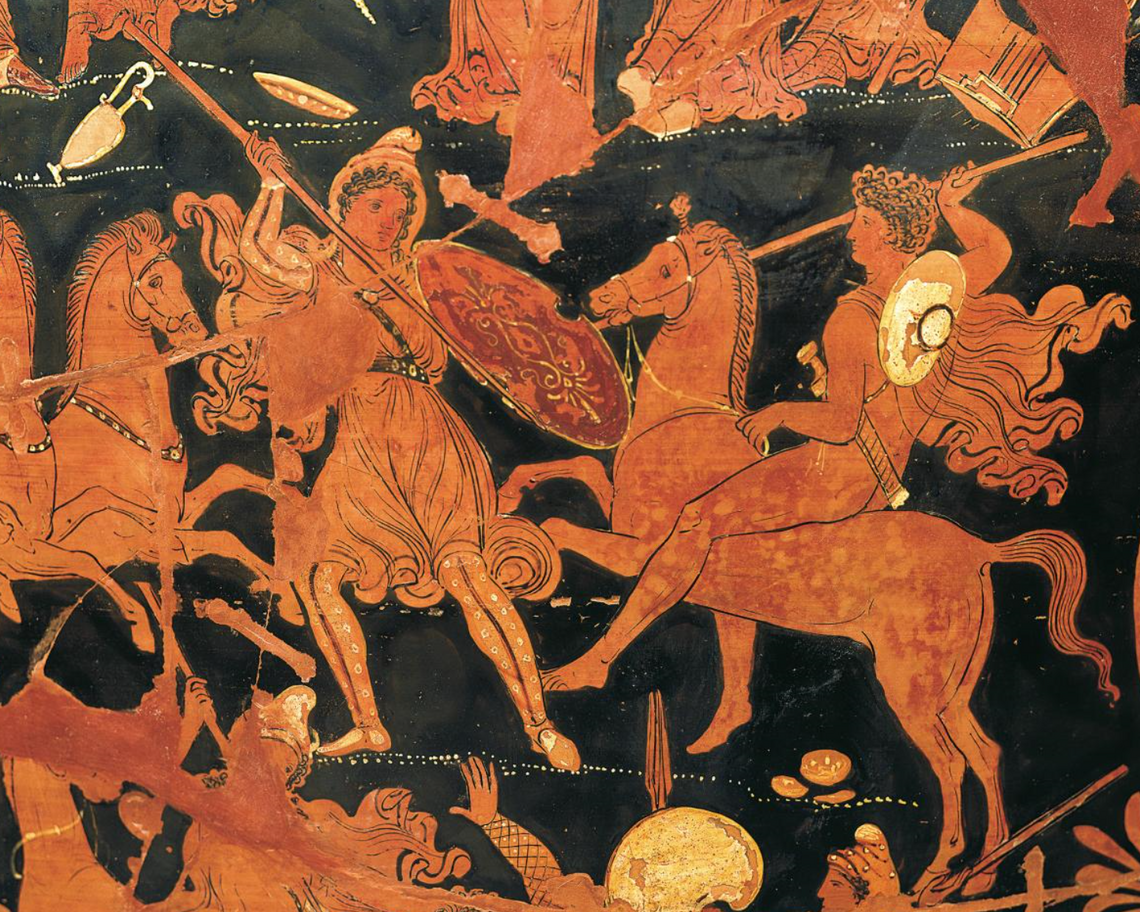
Amazons
Almost every fact about the tribe of women warriors known as the Amazons, including their existence, is buried in swirling myth and legend. That includes the idea that the Amazons cut off one of their breasts to become better archers.
Firstly, cutting off a breast is not at all necessary to shoot a bow accurately and, secondly, such an operation would really require modern medical equipment.
But most importantly, it’s likely that this enduring myth came about became an ancient Greek historian tried to give meaning to a foreign word that came from a culture near the Black Sea in Europe. ‘Mazon’ means ‘breast’ in Greek and ‘a’ translates as ‘without’.
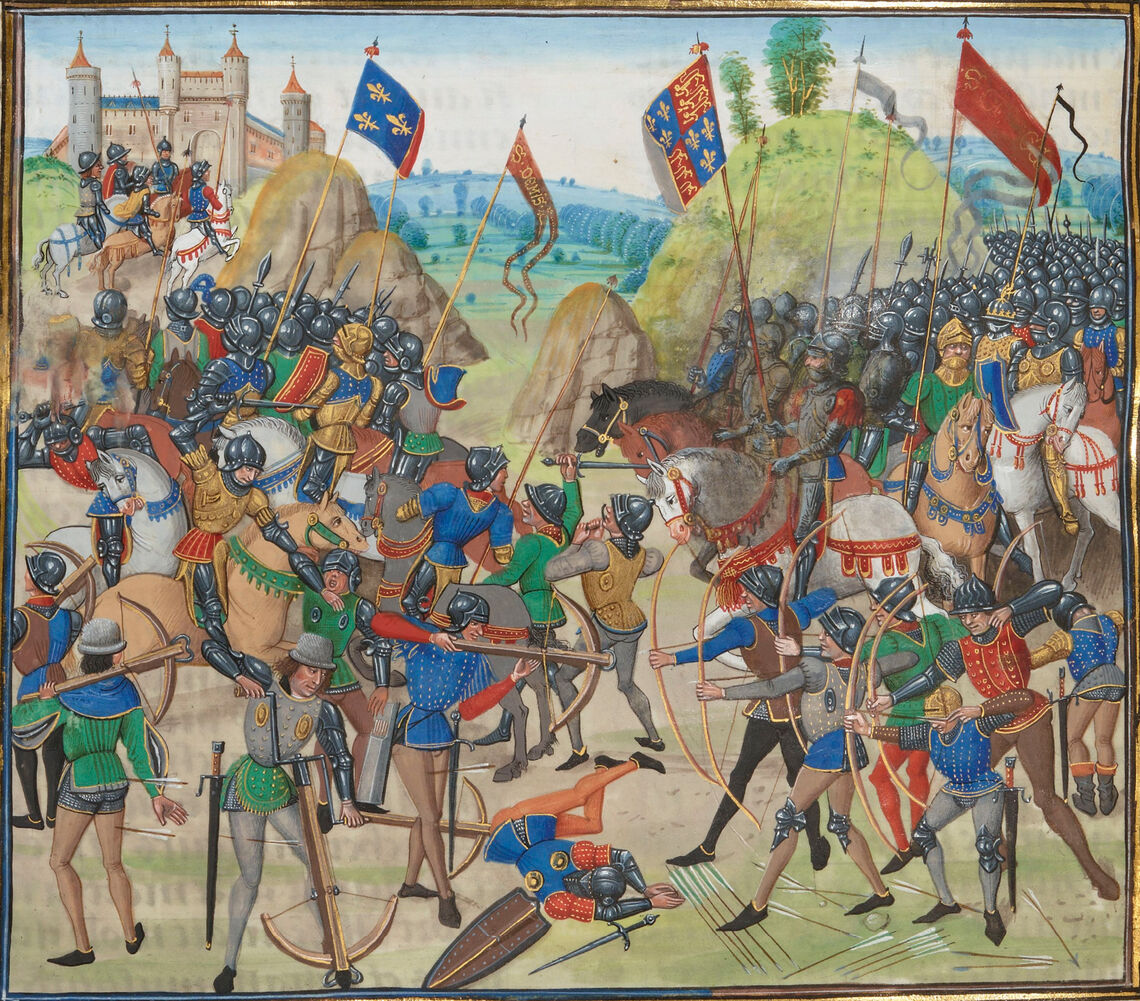
The law
It is often cited that an English law from the time of Henry VIII mandating that all men must practise archery still exists.
In fact, there were two statutes in 1511 and 1541 that compelled boys and men under 60 to own bows and arrows and regularly train in case they were levied to an army. (That’s why there are many areas named ‘butts’ – for target butts – in towns across particularly England and Wales.)
According to a variety of legal minds, however, these laws were likely repealed along with many others in either 1845 or 1863, or even later in 1950, when much out-of-date legislation was cleaned up. Whatever the date, unfortunately, it’s no longer a law in the United Kingdom.
Thanks to Hugh Soar for his assistance.









